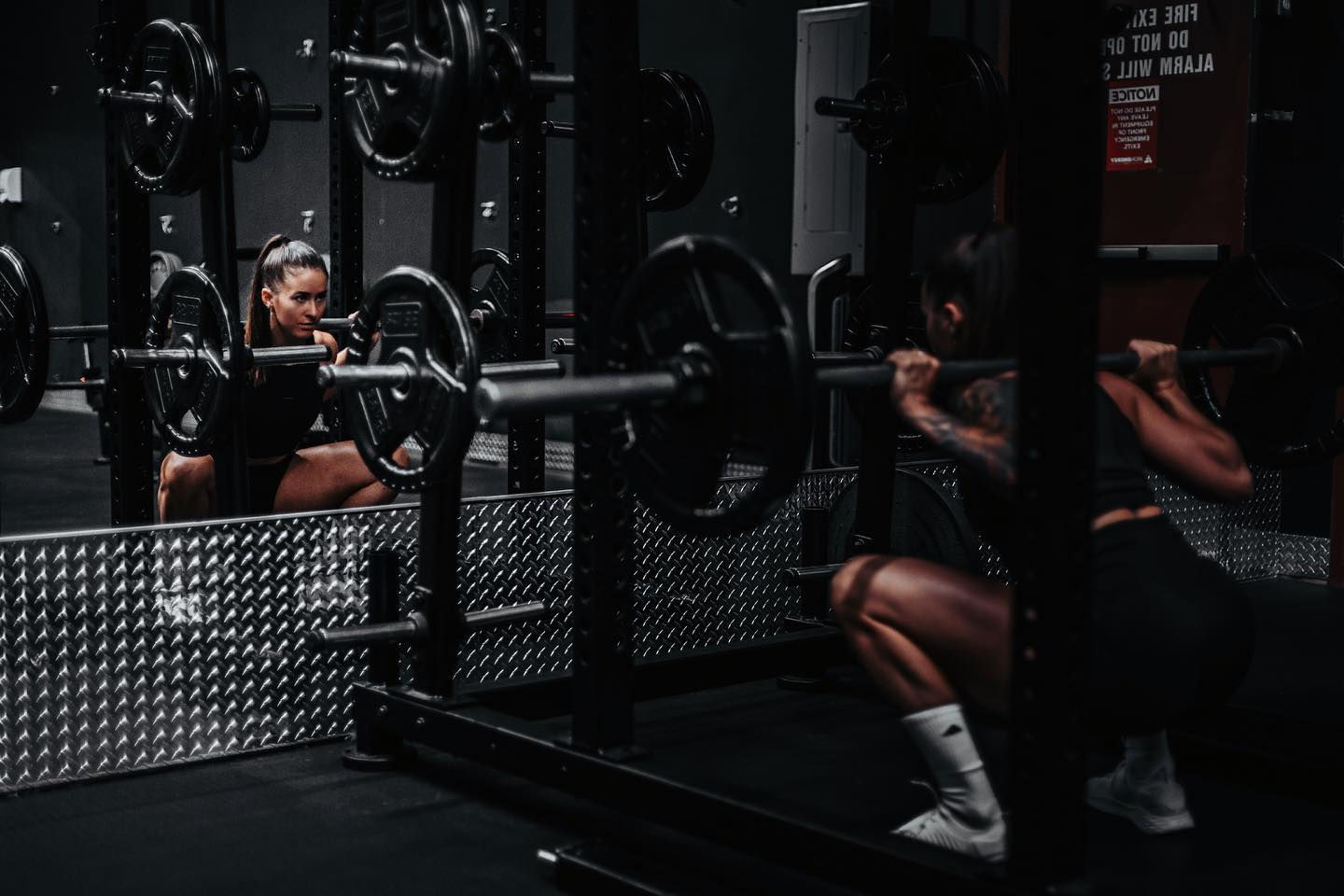Training EFFORT: Untap Your Limitless Potential in the Gym
- HEALTH PILLARS

- Jun 7, 2023
- 4 min read

If you’re not considering your EFFORT in the gym, you’re leaving a lot of your potential on the table.
In the pursuit of achieving our fitness goals, you’re going to encounter many training variables that will shape your progress. A lot of fitness coaches will focus on total training volume, time under tension, and exercise selection and variation.
While these variables do contribute to your results in the gym, one training variable is not often emphasized enough - EFFORT.

Everyone wants the quickest and easiest way to get results - the perfect training split, or the fanciest exercise variation, but understanding the significance of EFFORT will empower you to maximize your results and unlock your true potential.
When I first got started in the gym I had no idea what training variables were, and I would often go to the gym and try to do as much as I possibly could in one session - often going way over the maximum training volume that is recommended and ultimately diminishing my results because I couldn’t recover properly.
I was hyper focused on doing the exercises that were “trending” or looked the most complicated.
Although I saw growth and got results, it was “beginners luck” - you can throw spaghetti at the wall and it will pretty much always stick when you’re first getting started in the gym, because anything new will create adaptation in an untrained body.
But as you go from beginner to intermediate and intermediate to advanced, it becomes harder to create adaptation and more and more important to pay attention to the specific training variables.
When I hired my first coach I gained 10lbs of muscle in 8 months - and I was training with significantly less volume and very little exercise variation. My exercises were simple and often repeated - ex doing walking lunges on both my lower body days.

The truth is that you want to start with the MINIMUM effective dose and get REALLY good at executing basic movement patterns with confidence and maximum muscle fiber recruitment.
The one thing that I learned through my experience hiring a coach was that I needed to train harder… not more. And that might sound confusing. Let me say it in a different way - instead of doing more reps, make the reps you do count.
Lets talk about training variables:
Exercise Selection and Variation:
Choosing the right exercises and incorporating variations are fundamental for targeting specific muscle groups and promoting overall development. This ensures balanced growth and prevents stagnation.
Volume:
Volume refers to the total amount of work performed in a training session and is determined by the number of sets, reps, and weight lifted. Manipulating volume is critical for stimulating muscle growth and increasing strength.
Rest Periods:
The duration of rest periods between sets, exercises, or training sessions that influence the body's recovery and energy system utilization. Properly adjusting rest periods can enhance workout intensity and performance.
Periodization (Meso, Macro, Micro):
Periodization involves strategically planning and organizing training variables over specific time periods. This structured approach optimizes adaptation, prevents plateaus, and minimizes the risk of overtraining.
Tempo:
Tempo refers to the speed at which exercises are performed, including the eccentric, concentric, and isometric phases. Manipulating tempo adds a new dimension to training, stimulating muscle fibers and enhancing control and stability.
Frequency:
Training frequency refers to how often a specific muscle group or movement pattern is trained within a given timeframe. Balancing frequency ensures sufficient recovery and allows for progressive overload.
Intensity
Intensity is associated with the weight lifted and is often expressed as a percentage of one's one-repetition maximum (1RM).
Effort
In contrast to intensity, EFFORT is a measure of the relative difficulty or exertion experienced during a set or exercise.
The Distinction Between EFFORT and Intensity:
While intensity is commonly recognized as a training variable, it is often confused with effort and it is important to differentiate them.
EFFORT can be quantified using two common methods:
Relative Perceived Exertion (rPE) RPE assesses an individual's subjective effort during an exercise on a scale of 1-10, 10 being maximal effort
Reps in Reserve (RIR). RIR indicates the number of repetitions left in the tank after completing a set.
Both metrics provide valuable insights into the level of exertion and determine the overall challenge of a workout.

Here are 3 signs that you’re probably not training with the EFFORT you need to get the results you want at the gym
you're on your phone and chatting between sets, distracted and not focusing on timed rest or proper recovery between sets
The exercise feels relatively easy - you could do 3+ more reps without hitting failure at the end of your working sets
You're complaining about not seeing results... Sorry not sorry - you need to work harder. Building muscle is not easy!
While all the other training variables mentioned earlier are essential, they serve as supporting factors that optimize the effectiveness of your workouts. Adherence and effort will play the largest role in your development and progress in the gym. Regardless of the training variables in place, results are impossible without consistent effort and dedication.
If you’re struggling to see results at the gym, and you’ve hit a plateau - DM Me “Evolve” on instagram @ instagram.com/hayleyverafitness Ill see what I can do to help.





Comentarios